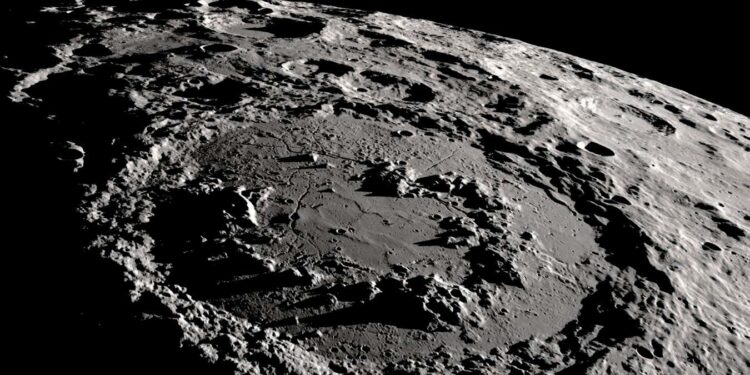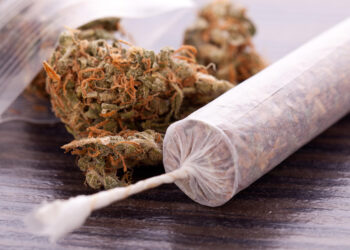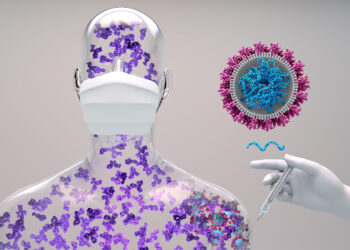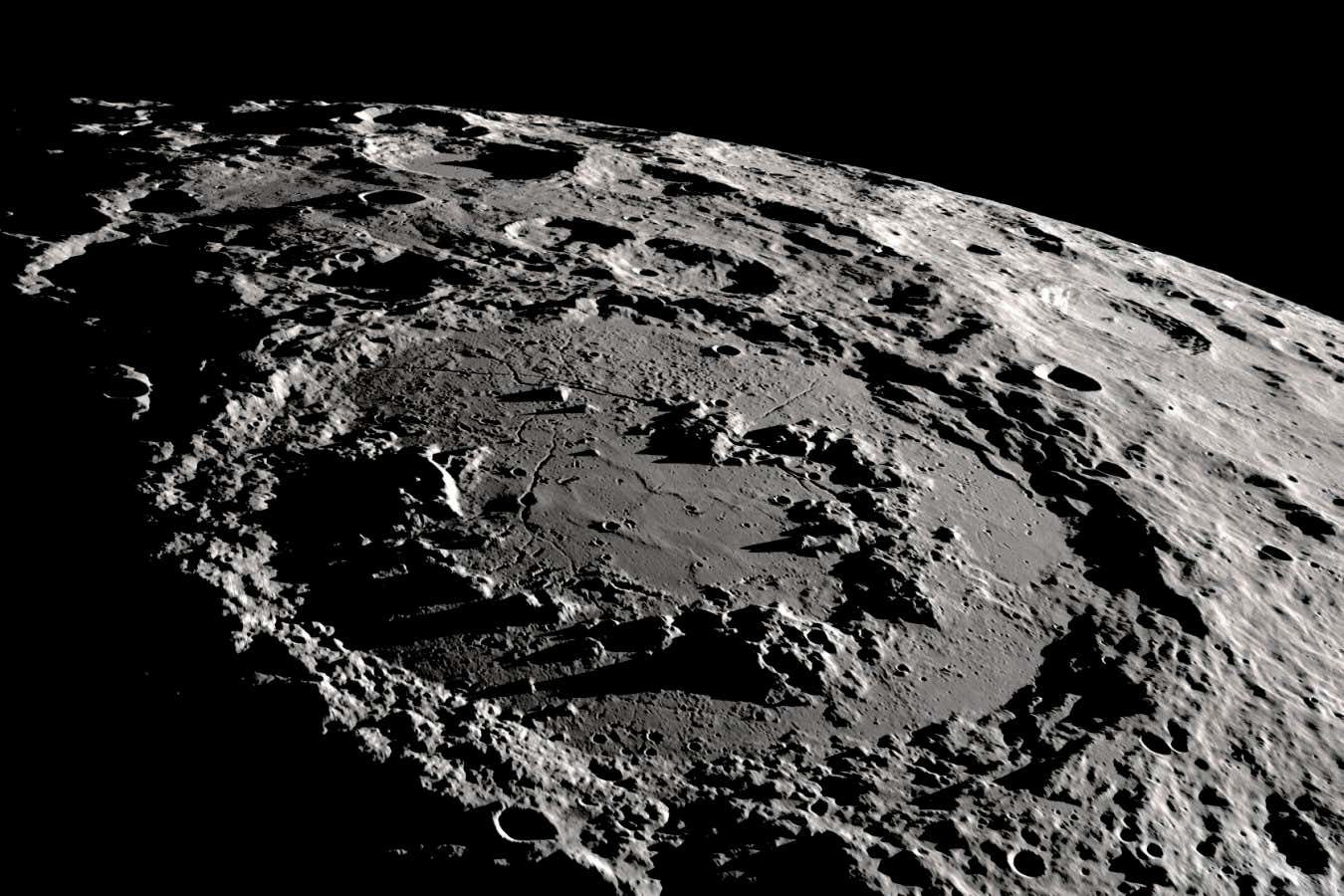
Satellite image of the lunar south pole and Schrödinger basin
NASA/SCIENCE PHOTO LIBRARY
The moon might be more hospitable to life than we thought, increasing the risk of future moon missions contaminating the lifeless lunar surface.
Space missions must follow policies on “planetary protection” to avoid contaminating other bodies of the solar system with microbes from Earth – which might mislead us into thinking these bodies have their own life forms.
Many of the protections we have on Earth, such as our atmosphere and magnetic field, don’t exist on the moon. As a result, its surface is exposed to high-energy particles from outer space, extreme temperatures and lethal ultraviolet light from the sun, making it a harsh environment for organisms to survive in.
Because of this, most astronomers consider the lunar surface essentially sterile. The Committee on Space Research places it in the second lowest category of planetary protection, along with Venus and comets, for bodies that have “only a remote chance that spacecraft-borne contamination could compromise investigations”.
But new research by Stefano Bertone at NASA Goddard Space Flight Center and his colleagues suggests life might be able to survive for days, or potentially more than a week, in some regions around the moon’s poles, which is where NASA’s future Artemis mission is planning to visit. This means there is a risk missions will contaminate these areas, leading to false positives in studies searching for life.
“We are going back to the moon. We will leave traces. We need more work to understand what kind of traces we will leave and how to minimise them,” Bertone told the Europlanet Science Congress (EPSC) in Helsinki, Finland on 12 September.
Bertone and his team looked at five common organisms that are naturally resistant to extreme environments, including black mould (Aspergillus niger) and the bacteria Staphylococcus aureus and Bacillus subtilis, and tested how much ultraviolet light they could withstand in the laboratory. Then they compiled data for UV levels, sun exposure and temperature fluctuations on the moon’s surface and used this to produce a map showing where the five organisms could survive for at least a day.
All the organisms could survive in areas that are well-lit, outside of the permanently shadowed regions where the sun and UV light can’t reach, said Bertone, and these well-lit areas are potential targets for lunar exploration. Black mould was the hardiest, surviving in large regions for up to seven days.
“It’s a very important study, and it’s clear that if there is a danger [of contamination], then certain actions should be taken, but also it should be understood that [such actions] will have economic consequences,” says Stas Barabash at the Swedish Institute of Space Physics. For example, space agencies may decide equipment has to be sterilised more rigorously, and this will affect the cost of missions, he says.
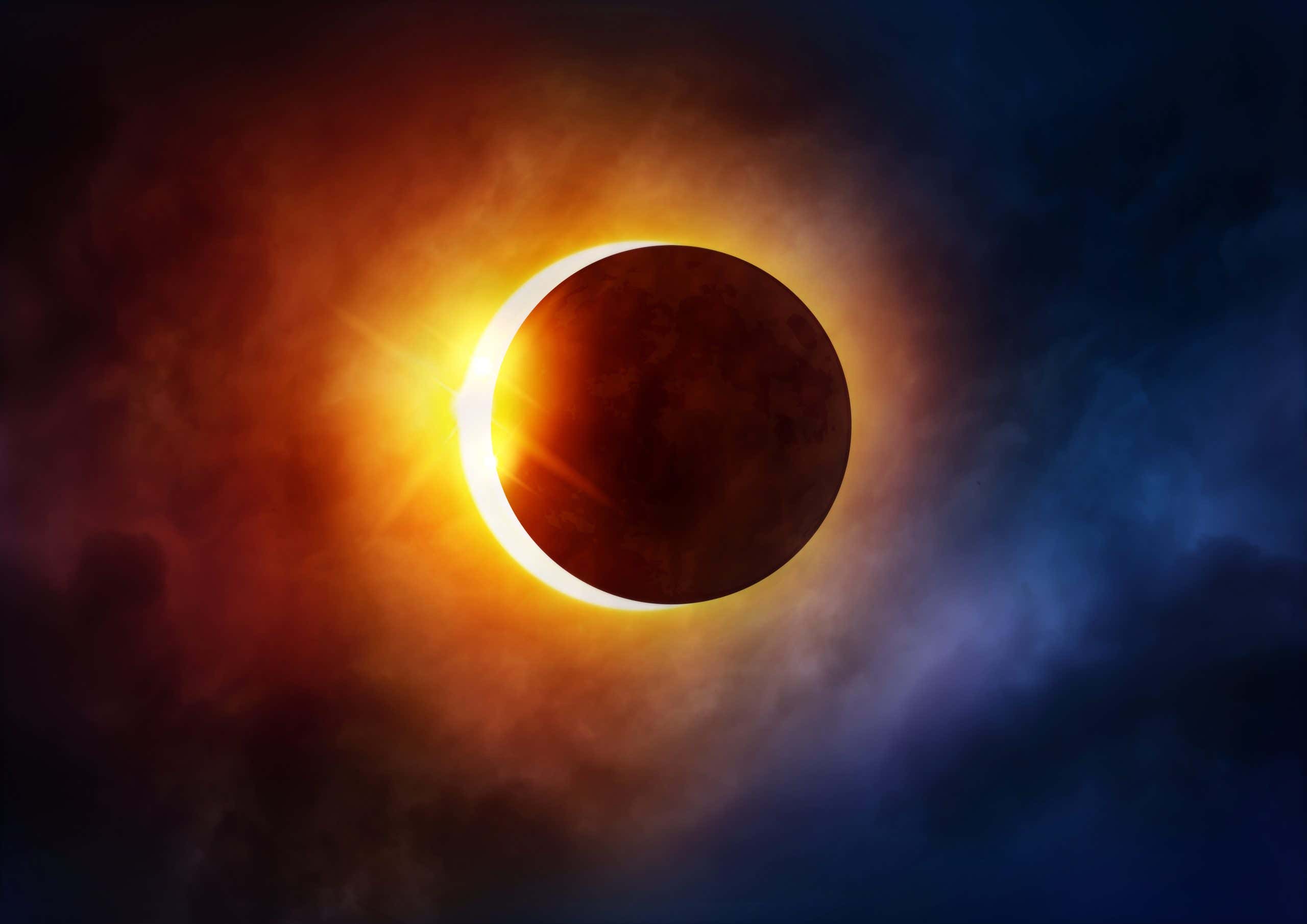
Total solar eclipse 2027 cruise: Spain and Morocco
Set sail on an extraordinary journey aboard the Douglas Mawson, a state-of-the-art expedition ship, to witness the longest total solar eclipse left this century, which takes place on 2 August 2027
Topics:
Source link : https://www.newscientist.com/article/2496319-lunar-missions-may-contaminate-the-moon-with-hardy-earth-microbes/?utm_campaign=RSS%7CNSNS&utm_source=NSNS&utm_medium=RSS&utm_content=home
Author :
Publish date : 2025-09-16 08:00:00
Copyright for syndicated content belongs to the linked Source.

